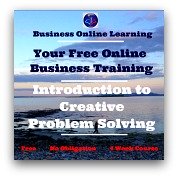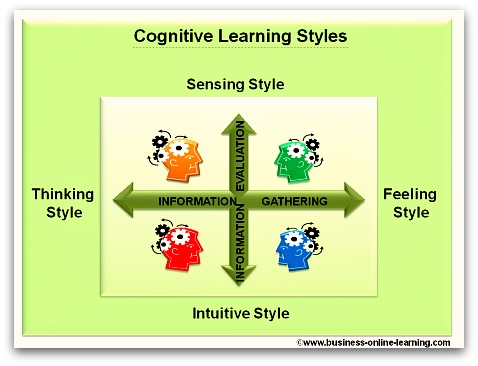What Is SWOT Analysis?
You have come to the right place to learn what is SWOT Analysis!
This method can be compared to taking a snapshot of any particular situation. You weigh up the strengths (S), the weaknesses (W), the opportunities (O) and the threats (T). You look at and assess the internal and external factors that will affect your situation – and the likelihood of reaching a particular objective or goal.
This image shows what is SWOT Analysis.
The SWOT analysis will help you understand any situation better, i.e. your market. In this way you can equip yourself better for the future. This analysis method will help you predict changes and prepare for them.
The SWOT analysis is so useful in helping you to decide on the best way forward when you have a clear objective in mind.
Uses Of SWOT Analysis
This method is useful in deciding how well you will meet a goal or objective in:
- Introducing a new technology
- Allocation of resources
- Adapting to changes in the market
- Counteracting changes made by the competition
- Introduction of new products
- Restructuring of your business
To name but a few.
Benefits Of SWOT
- It is easy to understand and is quickly done.
- It helps you understand your situation better
- It makes you concentrate on the most important factors influencing your situation, in relation to your objective
- Helps you develop your business goals and the plans of actions needed to achieve them.
Limitations
In learning what is SWOT Analysis, there are many limitations to the method - being aware of them starting out will help you to be more successful.
- The SWOT analysis many not offer you the solutions.
- It should really be done in conjunction with other techniques such as Cause and Effect, Force field, PEST, etc.
- For more complex situations you will need to do more in-depth research and analysis.
- The SWOT analysis does not help you set priorities.
- While you will generate many ideas, it will not help you decide on the best option: you will produce a lot of information but it will not help you to decide and it will not help you provide alternative solutions.
Steps In Carrying Out A SWOT Analysis
Step 1: A SWOT Analysis brings the best results when related to a goal or objective. State the goal you are referring to in this analysis.
Step 2:
List the strengths – noting the present and future strengths to do with the situation.
Step 3:
Qualify these strengths.
For example: (+) = Fair (++) = Good (+++) = Great
Step 4:
List your weaknesses, also noting present and future / likely weaknesses.
Step 5:
Qualify these weaknesses.
For example: (-) = Poor (--)= Bad (---)= Very bad
Step 6:
Research and state the opportunities that exist or will exist in the near future. As with step 3, qualify these strengths.
Step 7:
Research and state the threats facing the situation.
Step 8:
List up the key information gained from this way of structuring your situation.
Step 9:
Weigh up the points and give them priorities.
Step 10:
State action items that aim to
- Build up your strengths
- Minimise your weaknesses
- Help seize opportunities
- Counteract any threats.
Tips On Doing Your SWOT Analysis
1. Keep it Short and Simple, while not forgetting any of the important details.
2. Always carry out your SWOT with reference to a particular goal or objective. You can always carry out further SWOTS and connect the results: “Join up the dots”.
3. Get as much input from others. By sharing your perspectives with others, you may highlight new insights that you otherwise may not have had.
4. Include in the analysis those essential aspects of your business upon which your competitive advantage is founded.
5. When you have finished your SWOT analysis, list the outcomes according to their importance (relative to meeting the goal). Determine and carry out action items to the most important issues.
6. Revisit and review your SWOT analysis at a later date. Not only will it contain knowledge about your business but you can see how close to the core of the solution you were.
What is SWOT analysis
I hope you enjoyed learning what is SWOT analysis. Don't forget to try it out regularly, to keep in practice. It is really useful in business as well as in private life.













 My name is Martha and I have worked for over 30 years in various aspects of business and in various countries, right around the world.
My name is Martha and I have worked for over 30 years in various aspects of business and in various countries, right around the world.